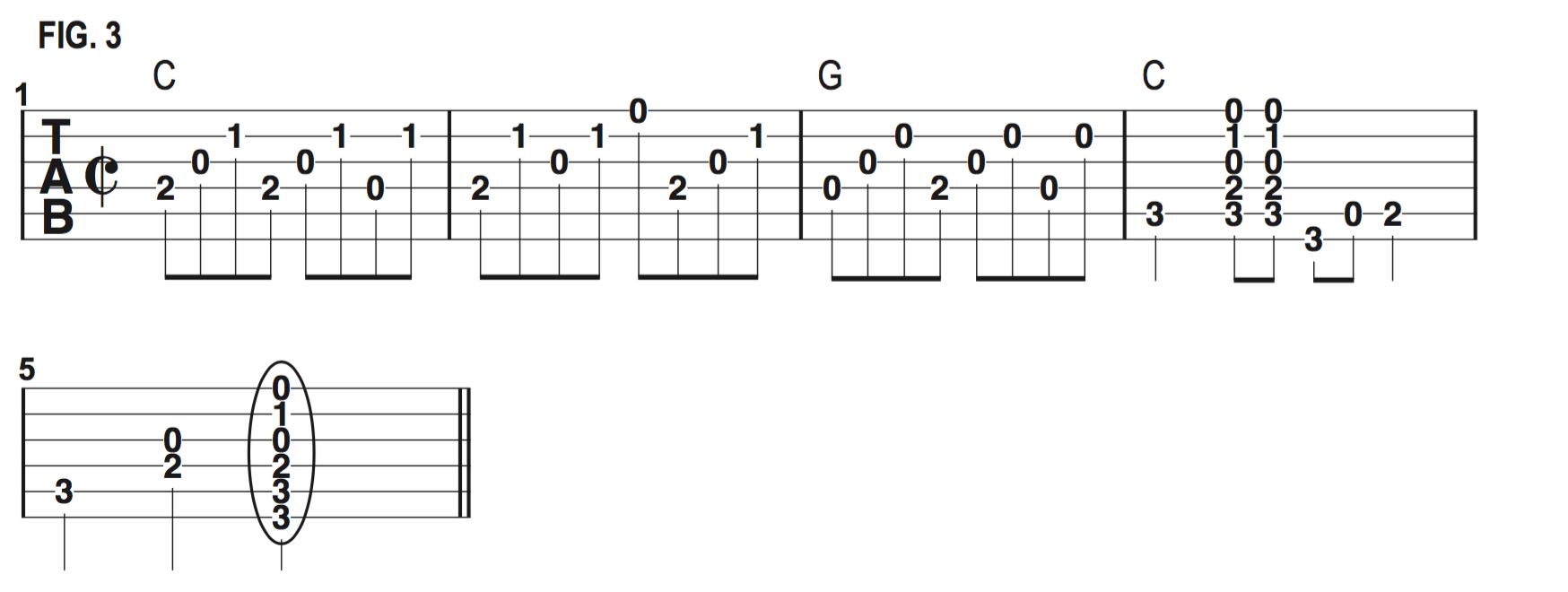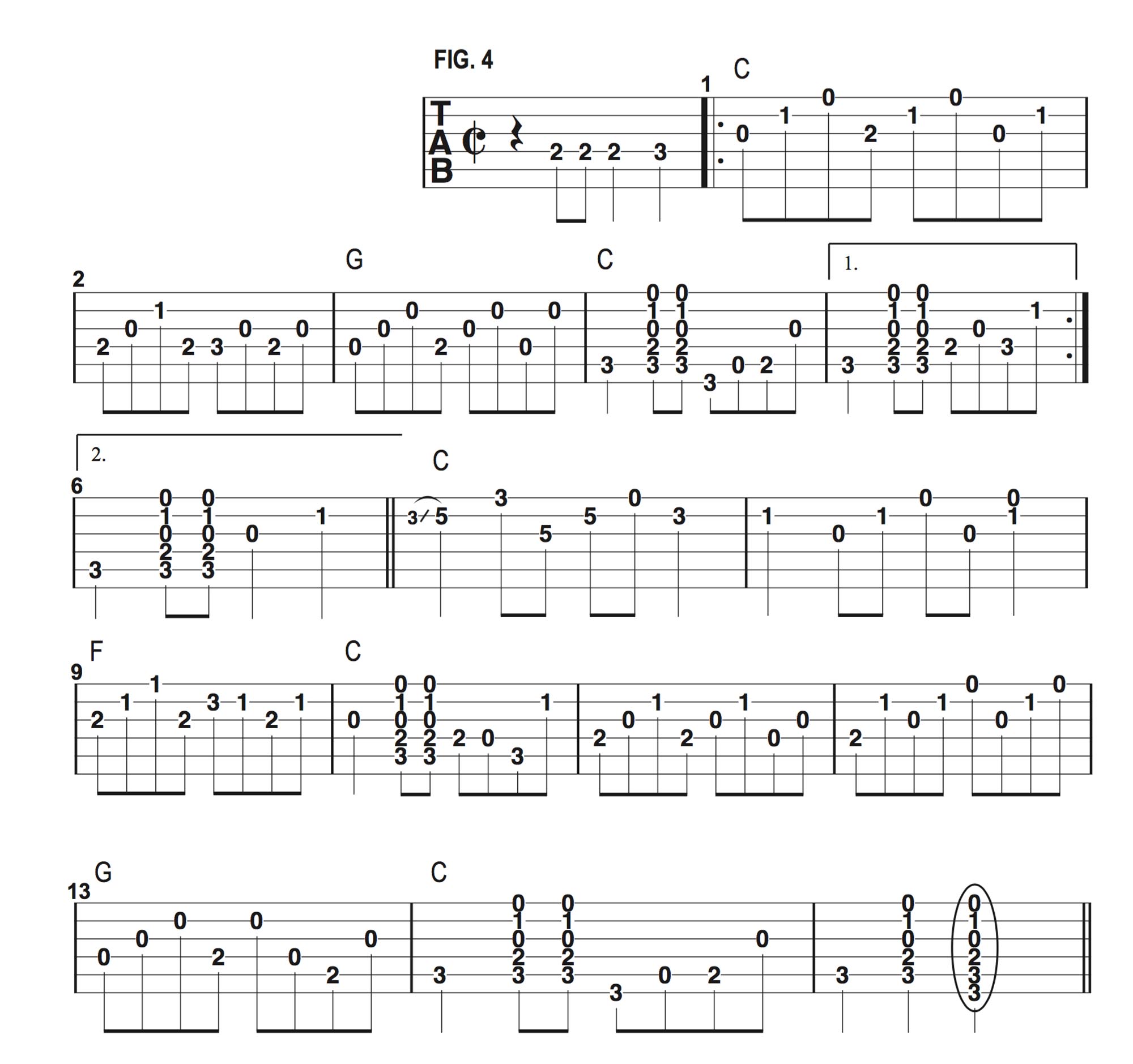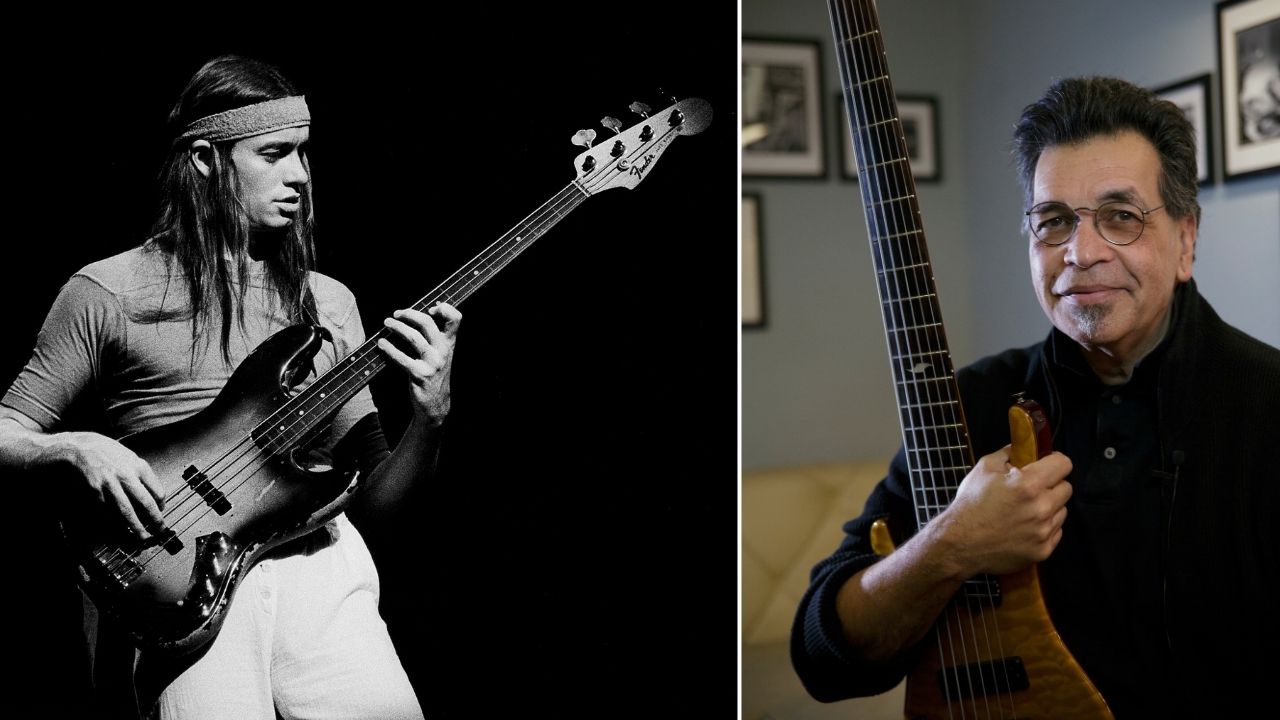Hone your crosspicking skills with this lesson on the must-learn acoustic technique
Molly Tuttle walks you through the style behind the bluegrass classic Wildwood Flower

In last month's column, I introduced a picking technique known as crosspicking, wherein you pick the notes of a given chord individually and in a repeating pattern while constantly switching strings.
For example, while holding a 1st-position C chord, instead of simply strumming across the strings, crosspicking involves picking each string individually, generally moving from low to high, or high to low, with one note sounded per string while allowing all of the notes to ring together.
You can perform these crosspicking patterns with either alternate (down-up) picking, or rest-stroke picking patterns of down-down-up or up-up-down, which are also known as economy picking patterns.
As I mentioned last time, the most useful aspect of the crosspicking technique is that it enables you to present a melodic line while also filling out the sound of the chord. Last month, I demonstrated how to apply crosspicking to the verse melody of the bluegrass classic Wildwood Flower, which I had originally learned from Maybelle Carter.
Figure 1 illustrates the first four bars of the tune’s “B” section, which begins on the I (one) chord, C, played for two bars, followed by one bar of the IV (four) chord, F, and then a return to C.
In this example, I individually pick the melody notes while strumming the chords; each of the melody notes is sounded with a downstroke.
Figure 2 presents this same section using the crosspicking approach. I begin in bar 1 with a ring-finger slide up the B string to the 5th fret while placing my middle finger on the G string’s 5th fret and my index finger at the 3rd fret on the high E string, forming a C major triad shape.
All the latest guitar news, interviews, lessons, reviews, deals and more, direct to your inbox!
Bar 2 sounds a 1st-position C major triad sounded with cross picking, followed by F and a return to C.
The song’s melody then concludes with the part shown in Figure 3. C major arpeggios are played across the D, G and B strings for two bars, followed by G major arpeggios for one bar and then a resolution back to C.
Now let’s put all the pieces together, as shown in Figure 4. I begin with a two-note “pick-up,” consisting of the notes E and F, which gets the melodic line rolling, followed by G, the first note of the “A”-section melody in bar 1.
Bars 1 and 2 are played over C, and then we move down to the V (five) chord, G, in bar 3, followed by two bars back on C. This pattern is played twice (hence the 1st and 2nd endings). Bar 7 represents the start of the B section, with two bars of C followed by a bar of F and a bar of C.
The initial melody is then repeated to close out the form, as shown in bars 11-15 of the example. Play through these figures slowly and carefully at first, using this crosspicking technique and paying special attention to your picking direction. Once it feels comfortable to you, try playing the entire melody up to tempo.




